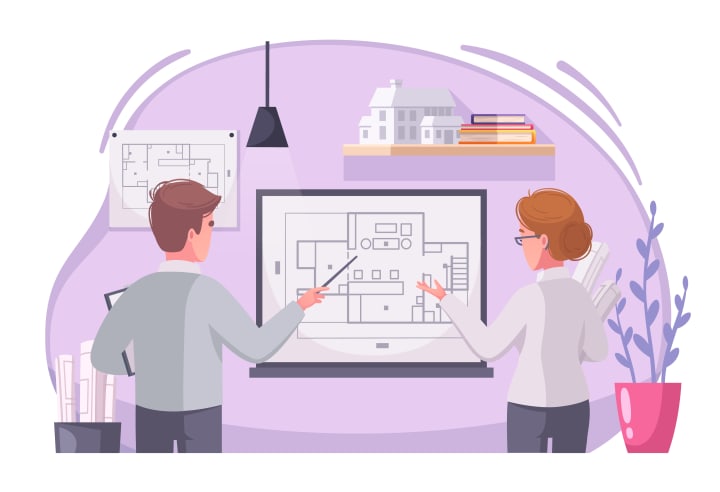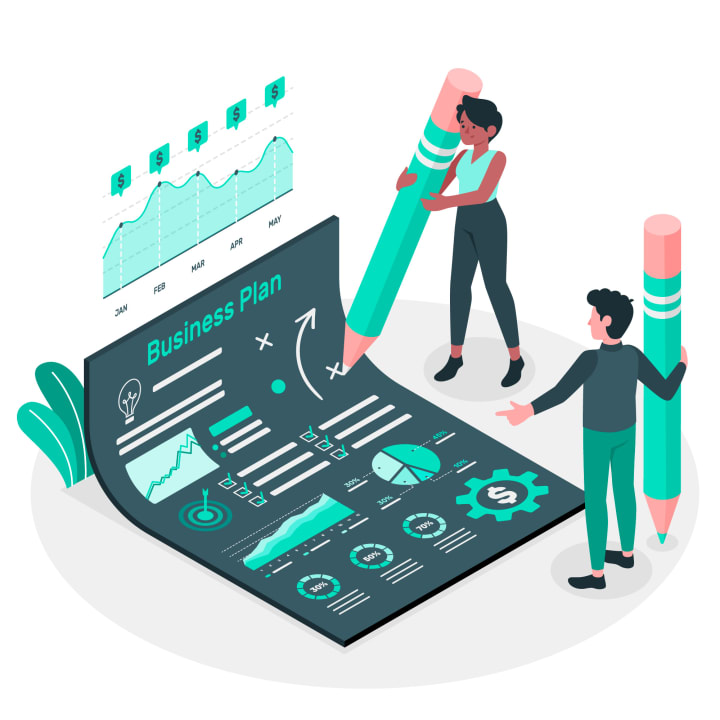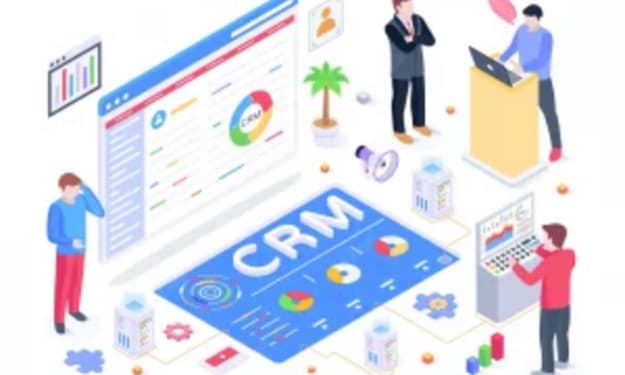Blueprint for eLearning Success
How to Develop and Manage Project Timelines

The digital transformation of education has accelerated the adoption of eLearning solutions across various sectors. With the rise of online education, organizations are increasingly investing in eLearning to provide flexible, scalable, and cost-effective learning opportunities. However, the successful implementation of eLearning initiatives requires meticulous planning, execution, and management. A comprehensive blueprint for eLearning implementation, which includes detailed project plans and timelines, is essential for ensuring that the project stays on track and meets its objectives.

Understanding the Importance of Project Plans and Timelines
Project plans and timelines are the backbone of any eLearning implementation endeavor. They provide a structured framework for organizing tasks, allocating resources, and setting achievable milestones. By outlining the project’s objectives, scope, deliverables, and timelines, these documents enable stakeholders to visualize the entire implementation process from start to finish. This structured approach helps in anticipating challenges, mitigating risks, and ensuring that the project progresses smoothly.
Key Components of a Project Plan
A robust project plan for eLearning implementation includes several critical components. Each component plays a vital role in the overall success of the project.
1. Needs Assessment and Goal Definition
Before diving into the development of eLearning materials, it’s crucial to conduct a thorough needs assessment to identify the target audience, learning objectives, and desired outcomes. This initial step sets the foundation for the entire project. A comprehensive needs assessment involves:
- Stakeholder Analysis: Identify and engage key stakeholders, including learners, instructors, administrators, and technical support teams.
- Learning Objectives: Define clear, measurable learning objectives that align with organizational goals and learner needs.
- Gap Analysis: Assess the current state of learning and identify gaps that the eLearning solution aims to address.
2. Resource Allocation
Determining the human, financial, and technological resources required for the project is essential. This includes identifying team members, budget allocation, and selecting the appropriate eLearning tools and technologies. Key considerations include:
- Team Composition: Assemble a multidisciplinary team, including instructional designers, subject matter experts, multimedia developers, and IT support.
- Budget Planning: Estimate costs for content development, technology infrastructure, training, and ongoing maintenance.
- Technology Selection: Choose eLearning tools and platforms that meet the project’s requirements, such as Learning Management Systems (LMS), authoring tools, and multimedia software.
3. Content Development
Content development is the heart of any eLearning project. It involves creating or curating learning content, including instructional design, multimedia production, and content review cycles. Steps in content development include:
- Instructional Design: Develop a detailed instructional design plan that outlines the structure, sequence, and delivery methods of the content.
- Multimedia Production: Create engaging multimedia elements, such as videos, animations, interactive simulations, and quizzes.
- Review and Feedback: Implement a content review process that includes feedback from subject matter experts and pilot testing with a sample of the target audience.
4. Technology Infrastructure
Defining the technical requirements for hosting and delivering eLearning content is crucial. This may involve selecting an LMS, configuring servers, ensuring compatibility with different devices and browsers, and addressing security considerations. Key tasks include:
- LMS Selection and Configuration: Choose an LMS that supports the project’s goals and configure it to meet the needs of learners and administrators.
- Device Compatibility: Ensure that the eLearning content is accessible on various devices, including desktops, tablets, and smartphones.
- Security and Compliance: Implement measures to protect learner data and ensure compliance with relevant regulations, such as GDPR or FERPA.

5. Quality Assurance and Testing
Establishing protocols for quality assurance and testing ensures that the eLearning materials meet the desired standards of effectiveness, accessibility, and usability. This phase involves:
- Beta Testing: Conduct beta testing with a sample group of learners to gather feedback and identify any technical or content-related issues.
- Usability Testing: Evaluate the user interface and overall user experience to ensure that the eLearning platform is intuitive and easy to navigate.
- Accessibility Compliance: Ensure that the eLearning content meets accessibility standards, such as WCAG, to accommodate learners with disabilities.
6. Implementation and Deployment
Developing a phased rollout strategy for deploying the eLearning solution to end-users is essential. Consider factors such as training sessions for instructors and learners, communication plans, and ongoing technical support. Steps in this phase include:
- Training Programs: Provide training sessions for instructors and learners to familiarize them with the eLearning platform and tools.
- Communication Plan: Develop a communication plan to inform stakeholders about the implementation timeline, key milestones, and available support resources.
- Technical Support: Establish a helpdesk or support team to address technical issues and provide assistance to users during the rollout.
7. Evaluation and Feedback
Defining metrics and evaluation methods to assess the impact and effectiveness of the eLearning program is critical. Collect feedback from learners, instructors, and stakeholders to identify areas for improvement and optimization. Key activities include:
- Performance Metrics: Track metrics such as learner engagement, completion rates, assessment scores, and user satisfaction.
- Feedback Surveys: Conduct surveys and focus groups to gather qualitative feedback on the learning experience.
- Continuous Improvement: Use the collected data to make informed decisions about updates and enhancements to the eLearning content and platform.
Creating Realistic Timelines
Creating realistic timelines is essential for managing expectations and ensuring the successful completion of the eLearning project. When developing timelines, consider the following factors:
Scope and Complexity
Break down the project into smaller, manageable tasks and estimate the time required for each task. Consider the complexity of the content, technology infrastructure, and stakeholder involvement. A detailed work breakdown structure (WBS) can help in organizing tasks and dependencies.
Dependencies and Constraints
Identify dependencies between tasks and any external constraints that may impact the project timeline, such as resource availability, regulatory requirements, or organizational policies. Use tools like Gantt charts to visualize task dependencies and timelines.
Buffer for Contingencies
Build buffer time into the timeline to account for unexpected delays or issues that may arise during the course of the project. This allows for flexibility and minimizes the risk of timeline overruns. Contingency planning should be an integral part of timeline development.
Regular Monitoring and Adjustment
Continuously monitor progress against the established timeline and adjust as needed to address any deviations or roadblocks. Regular status meetings, progress reports, and project management tools can help in tracking and adjusting timelines.

Conclusion
Developing a comprehensive project plan and timeline is essential for the successful implementation of eLearning initiatives. By carefully analyzing project requirements, allocating resources effectively, and creating realistic timelines, organizations can ensure the smooth execution of their eLearning projects and deliver impactful learning experiences to their audience. Remember, a well-crafted blueprint lays the foundation for success in the dynamic world of eLearning implementation.
About the Creator
Enjoyed the story? Support the Creator.
Subscribe for free to receive all their stories in your feed. You could also pledge your support or give them a one-off tip, letting them know you appreciate their work.





Comments
There are no comments for this story
Be the first to respond and start the conversation.